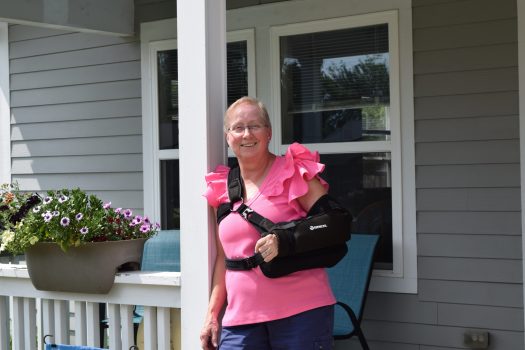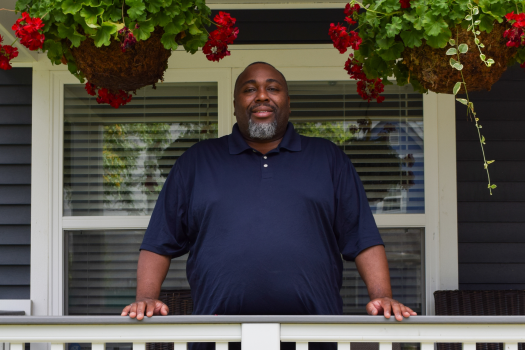When “Try Again Later” Pays Off
A story of second chances
Thanks to the insights and expertise shared by keynote speaker Shane Phillips and our incredible panel—Stephanie Quick, Fred Payne, Shelley Specchio, and Bryan Stumpf. Attendees left with a clearer understanding of the complex challenges and the urgent need to act. As Shane reminded us, “The sooner we act, the sooner we can bend the arc toward affordability.”
This event was just the beginning. The ideas sparked, connections made, and momentum built are already shaping what comes next. Thank you to IBJ Media for partnering with us to make this powerful morning possible and to everyone who showed up ready to learn, listen, and lead change.
We’re not done. There’s still time to be part of the movement for affordable housing in Central Indiana. Check out photos from the breakfast.
Watch Briannca’s powerful reflection on what stability through homeownership means for her family.


A story highlighting how homeownership can lead to better health

A story celebrating higher education at any age
Housing is important to the quality of life, health, and economic prosperity of the entire community. As housing availability shrinks and costs rise, families with limited incomes face increased housing instability.
Start with home and the rest will follow. Outcomes of homeownership.
Families with limited incomes face a daily, monthly struggle to meet their housing costs, while contending with a fear that an eviction, a rent hike, or simply an unanticipated expense will mean displacement.
Inadequate housing impacts health, especially the health of children. After moving into Habitat homes, asthma and allergies are two conditions that dramatically improve in children.
Stable, healthy housing is one of the most effective strategies for improving school performance in low-income children. In addition, over 70% of Habitat homeowners pursue or intend to pursue further education.
A healthy housing market attracts businesses that depend on a range of housing options for their employees.
When people can find good housing that they can afford near their work, it improves our transportation system by decreasing congestion and reducing commuting costs.
Habitat’s commitment to green building produces energy-efficient homes that are more affordable to maintain. Additionally, building housing near public transportation and thriving job centers results in diminished air pollution and congestion.



Each quarter we will dive into a specific outcome of homeownership or topic that is impacting affordable housing. This quarter we will focus on why supply isn’t meeting demand.
We take a closer look at the shortage of affordable homes and what it will take to build our way toward a more stable future: